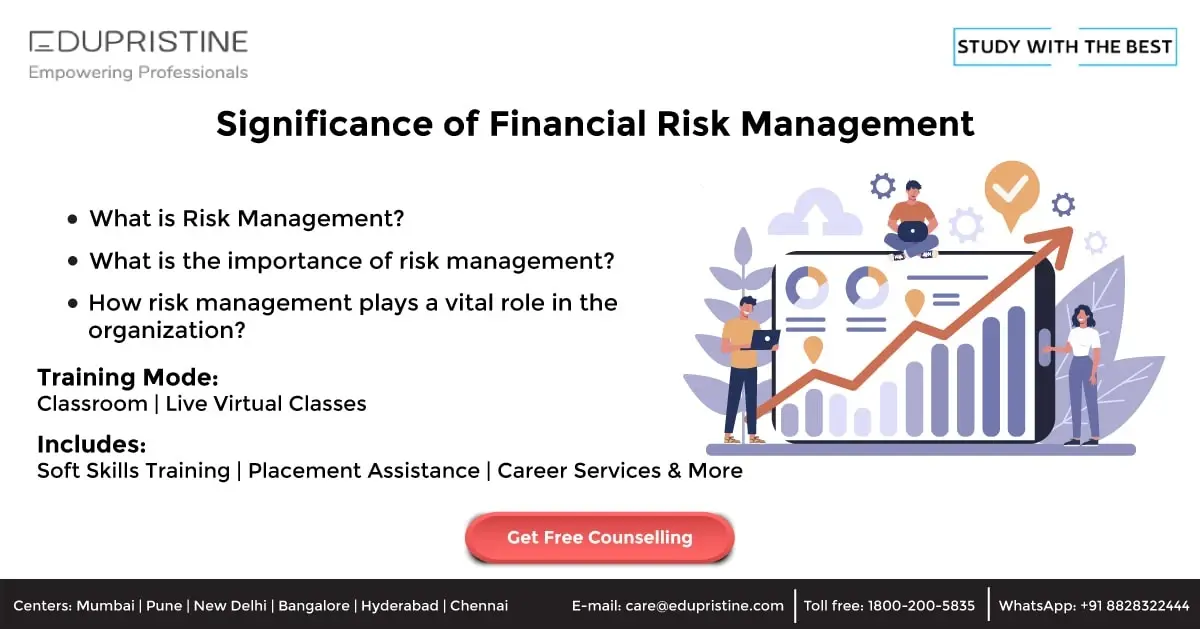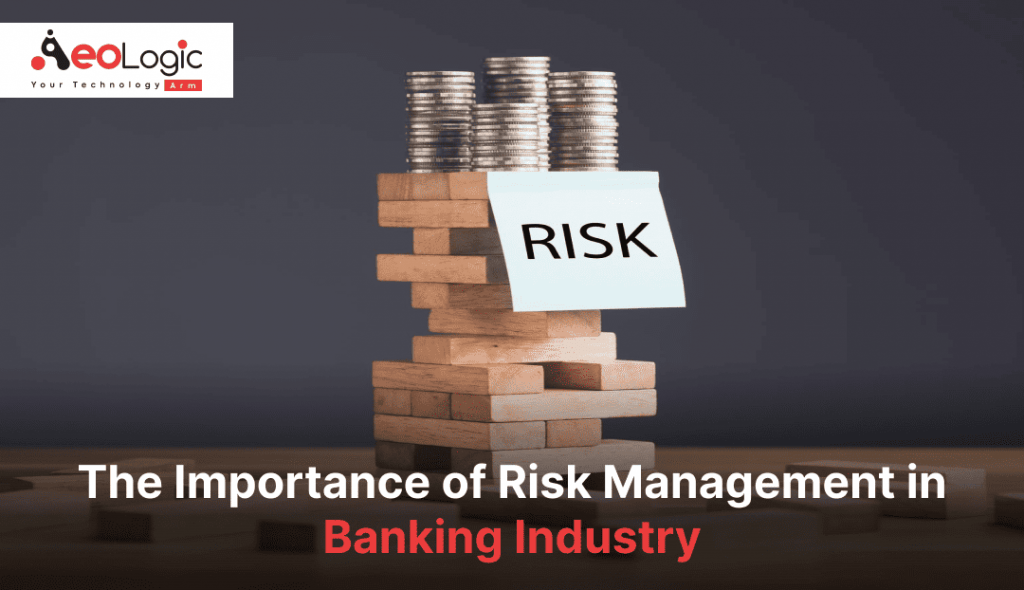A Thorough Guide to Understanding the Importance of Risk Management
A Thorough Guide to Understanding the Importance of Risk Management
Blog Article
Exploring the Value of Risk Management for Effective Decision-Making Approaches
In the intricate world of organization, Risk Management arises as an important variable in the decision-making process. The ability to recognize possible threats and opportunities, and strategize appropriately, can mean the difference in between success and failing.
Recognizing the Principle of Risk Management
Risk Management, an important part in decision-making, is frequently misinterpreted or oversimplified. Normally, it refers to the identification, assessment, and prioritization of dangers to lessen, check, and regulate the chance or influence of unfavorable occasions. Nevertheless, it's not simply about protecting against unfavorable results, however additionally concerning identifying prospective opportunities. Risk Management includes structured and disciplined methods, utilizing information and insightful evaluations. It requires a detailed understanding of the organization's context, purposes, and the potential risks that could obstruct them. From economic unpredictabilities, legal liabilities, critical Management errors, to accidents and all-natural disasters, it attends to numerous dangers. Significantly, efficient Risk Management is not stagnant; it's a constant, forward-looking process that develops with transforming circumstances.
The Duty of Risk Management in Decision-Making Processes
In the realm of critical planning and organization procedures, Risk Management plays an essential duty in decision-making processes. Risk Management hence comes to be an important tool in decision-making, helping leaders to make educated options based on a detailed understanding of the dangers involved. Risk Management serves as a vital component in the decision-making procedures of any company.

How Risk Management Boosts Strategic Planning
In the context of strategic preparation, Risk Management plays an essential duty. Launching with the recognition of prospective threats, it additionally reaches the application of Risk mitigation measures. The role of Risk Management is dynamic however not fixed, as it requires consistent monitoring and adjusting of approaches.
Determining Prospective Dangers

Implementing Risk Reduction
Risk reduction techniques can range from Risk evasion, Risk transfer, to risk decrease. Each method must be customized to the details Risk, considering its potential impact and the company's Risk tolerance. Effective Risk reduction requires a deep understanding of the Risk landscape and the possible effect of each Risk.
Tracking and Readjusting Techniques
Though Learn More Here Risk mitigation is a crucial action in critical preparation, continuous tracking and change of these strategies is equally vital. It additionally supplies a chance to examine the success of the Risk Management steps, enabling adjustments to be made where needed, more improving critical preparation. Monitoring and changing Risk Management methods is an essential component for improving an organization's resilience and strategic preparation.
Situation Studies: Effective Risk Management and Decision-Making
Worldwide of business and financing, successful Risk Management and decision-making commonly work as the pillars of prosperous business. One such entity is a multinational oil company that minimized economic loss by hedging against rising and fall oil rates. In another instance, a technology startup thrived by determining and approving high-risk, high-reward techniques in a volatile market. A global bank, encountered with governing uncertainties, successfully browsed the situation via aggressive Risk analysis and vibrant decision-making. my response These instances highlight the worth of astute Risk Management in decision-making processes. It is not the lack of Risk, but the Management of it, that usually differentiates successful firms from not successful ones. These cases underscore the crucial role of Risk Management in strategic decision-making. importance of risk management.
Tools and Strategies for Effective Risk Management
Navigating the detailed maze of Risk Management needs the ideal collection of methods and devices. These devices, such as Risk signs up and warmth maps, aid in recognizing and analyzing possible dangers. Techniques consist of both quantitative techniques, like sensitivity evaluation, and qualitative methods, such as SWOT evaluation. These aid in focusing on dangers based upon their possible effect and likelihood. Risk response strategies, an essential part of Risk Management, include accepting, avoiding, moving, or mitigating threats. Tracking and managing dangers, via routine audits and testimonials, make sure that the techniques continue to be reliable. With these tools and techniques, decision-makers can browse the facility landscape of Risk Management, therefore assisting in notified and effective decision-making.
Future Fads in Risk Management and Decision-Making Methods
As we explore the substantial landscape of Risk Management, it comes to be noticeable that the techniques and tools utilized today will certainly remain to progress. Future fads aim towards an enhanced dependence on modern technology, with expert system and artificial intelligence playing considerable functions. These modern technologies will make it possible for organizations to predict potential threats with better precision and make even more informed choices. Furthermore, there will certainly be an expanding emphasis on strength, not simply in taking care of dangers yet also in getting better from adverse circumstances. Last but not least, the idea of Risk culture, where every participant of an organization knows and included in Risk Management, will acquire a lot more prominence. click to investigate These patterns herald a more comprehensive and proactive technique towards Risk Management and decision-making.
Verdict

Risk Management hence ends up being a crucial device in decision-making, helping leaders to make educated choices based on an extensive understanding of the threats included. Risk reduction strategies can range from Risk avoidance, Risk transfer, to run the risk of reduction (importance of risk management). Efficient Risk mitigation requires a deep understanding of the Risk landscape and the possible impact of each Risk. Risk response techniques, an essential part of Risk Management, entail approving, preventing, transferring, or mitigating threats. The principle of Risk society, where every member of an organization is aware and involved in Risk Management, will certainly gain a lot more prestige
Report this page